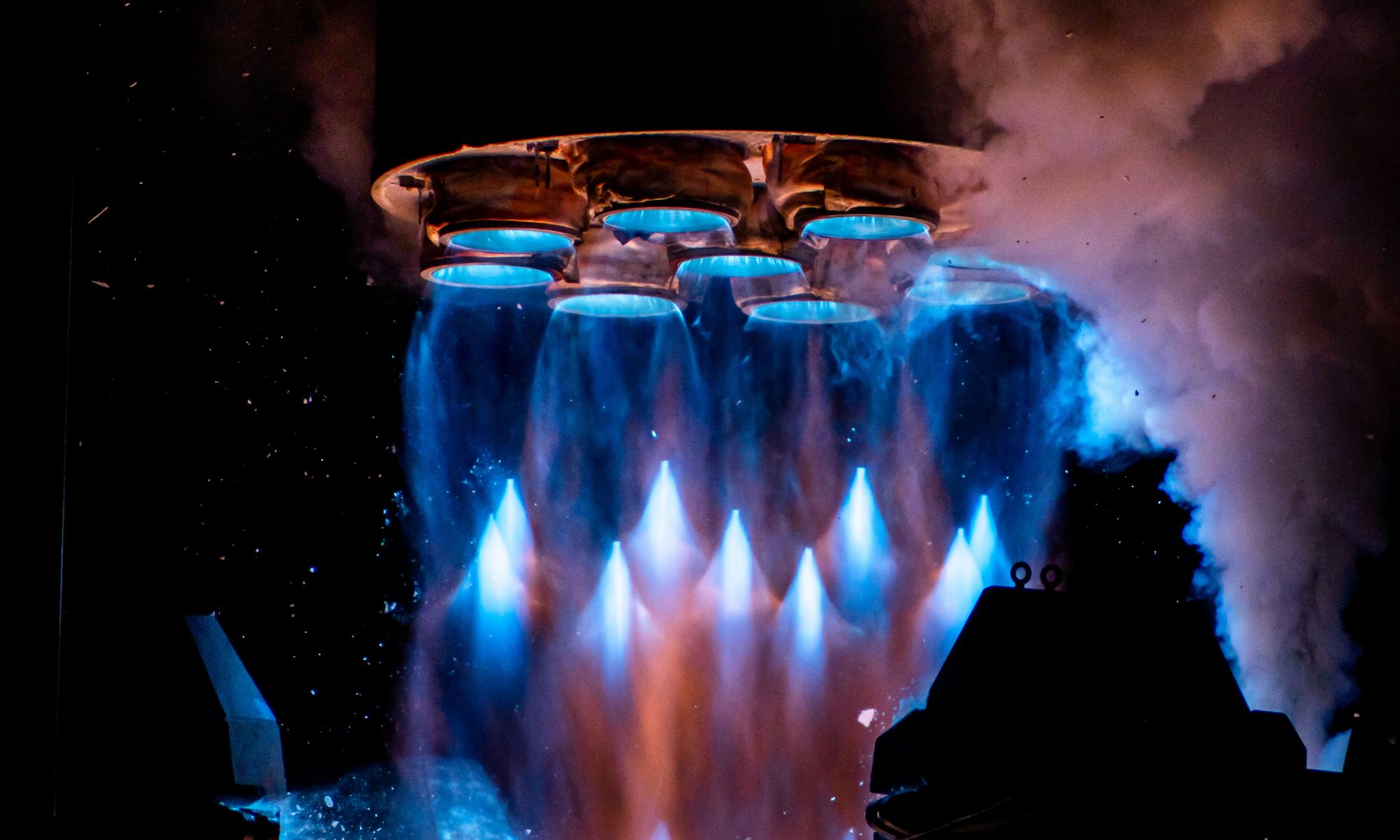This past week was a mixed bag for Relativity Space and their 3D-printed methane-fueled rocket engine. While the company’s Terran 1 rocket blasted off successfully on Wednesday, March 22, the second stage failed to ignite a few minutes after launch. The rocket coasted to an altitude of about 129 km and then returned to Earth, crashing a few hundred kilometers downrange.
But Relativity Space counted this first launch attempt as a success.
“Today’s launch proved Relativity’s 3D-printed rocket technologies that will enable our next vehicle, Terran R,” the company posted on Twitter. “We successfully made it through Max-Q, the highest stress state on our printed structures. This is the biggest proof point for our novel additive manufacturing approach. Today is a huge win, with many historic firsts. We also progressed through Main Engine Cutoff and Stage Separation. We will assess flight data and provide public updates over the coming days. #GoodLuckHadFun.”
Relativity’s tag line for this initial launch has been, “Good luck, have fun.”
And those who witnessed the launch were awed by the colorful plumes sent out by the rocket’s nine Aeon 1 engines as it burned the methalox fuel, seen against the night sky at Cape Canaveral Space Force Station.
“Stunning and visceral first launch, what a first to witness,” Tweeted Relativity cofounder and CEO Tim Ellis
Methalox is composed of super-chilled liquid oxygen (lox) oxidizer and liquid methane, which burns blue, green and purple. All the debris seen in the close launch images is ice, as methane ice formed on the booster, and cracked and feel off from the vibrations at lift-off.
Terran 1 stands at 33.5 meters (110-feet) tall and is designed to haul lightweight satellites into orbit. al space, lifted off from on Florida’s eastern coast at just before 11:30 pm ET. The rocket, powered by super-chilled methane and oxygen, burned a bright blue-green against the night sky.
The rocket carried a test weight made with its 3D printer, not a client satellite.
Two previous launch attempts this month were scrubbed due to issues with getting the propellant to sufficiently cold temperatures, then not enough fuel pressure, bad weather and an errant boat entering the launch zone.
But even with a successful liftoff, the odds were against the rocket completing a successful mission on its first try. Back on March 7, Ellis noted on Twitter, “Of course, the rocket-loving engineer in me wants to see us be the first privately-funded AND first liquid-propellant rocket to ever reach orbit on the first try. That would be truly unprecedented.”
But the rocket did succeed at the “key inflection point” the company had set, getting the rocket through Max Q, the moment of maximum amount of pressure during flight, about 80 seconds after liftoff. — would be a “key inflection” point.
Relativty Space was founded in 2015 and in a first for space companies, they used massive 3D-printing machines in their Long Beach, California facility to slowly build the up the metal to form the fuselages that make up a rocket’s main body.
The company already has about $1.65 billion in launch contracts, but most of them are manifested for Relativity’s larger reusable Terran R rocket, which is still in the early stages of development. The larger medium-heavy lift Terran R rocket is expected to have the capacity to launch to orbit about 44,000 pounds (20,000 kilograms) — or 16 times more mass than what Terran 1 can lift.
Ellis told CNN that the company envisions using the more compact Terran 1 rocket primarily for deploying small satellites that are part of larger constellations, which can require maintenance for technology upgrades or replacement of malfunctioning satellites.
Relativity Space said on Twitter than they would be releasing more details in the coming days and weeks about what went wrong during the first launch. They have not yet announced another test flight of Terran 1.
You can watch a replay of the colorful launch, below:

